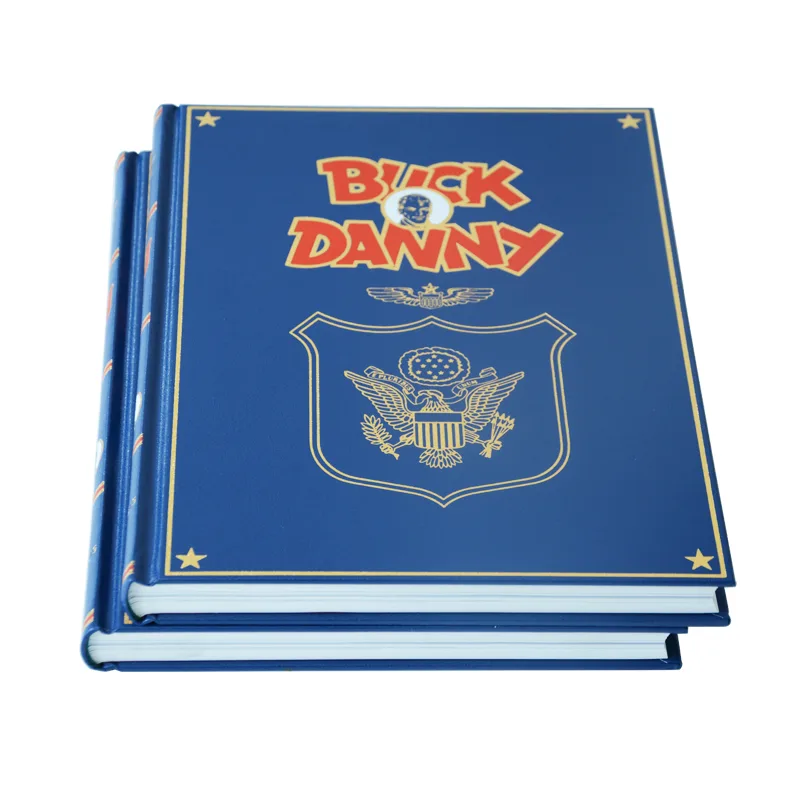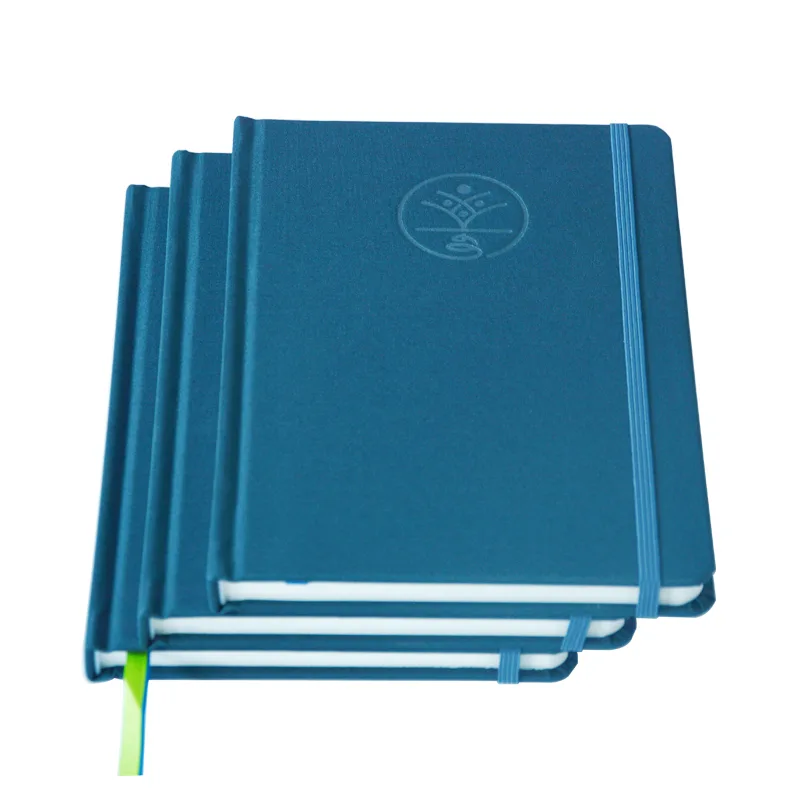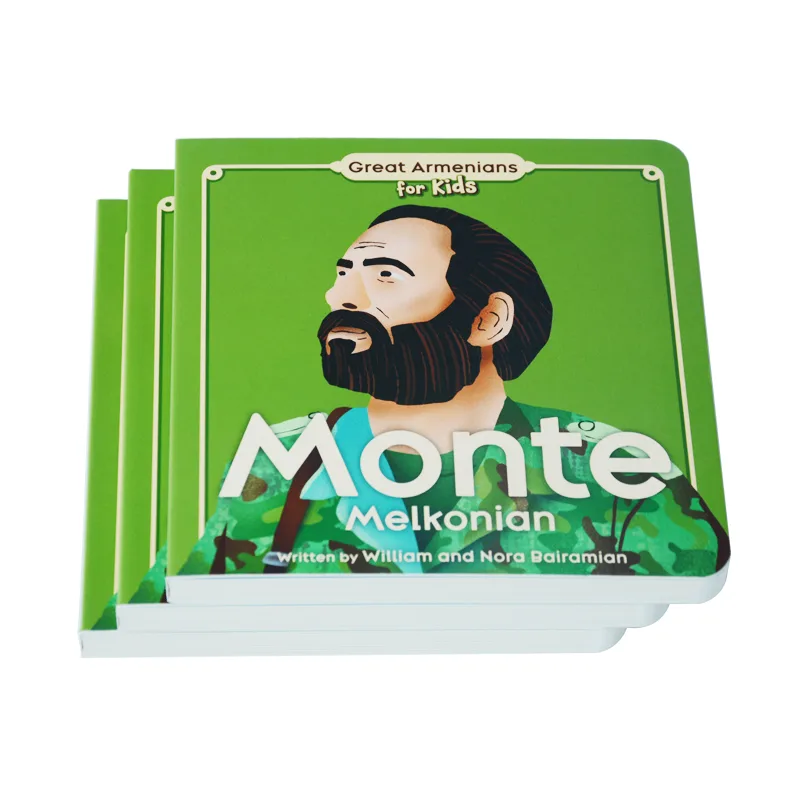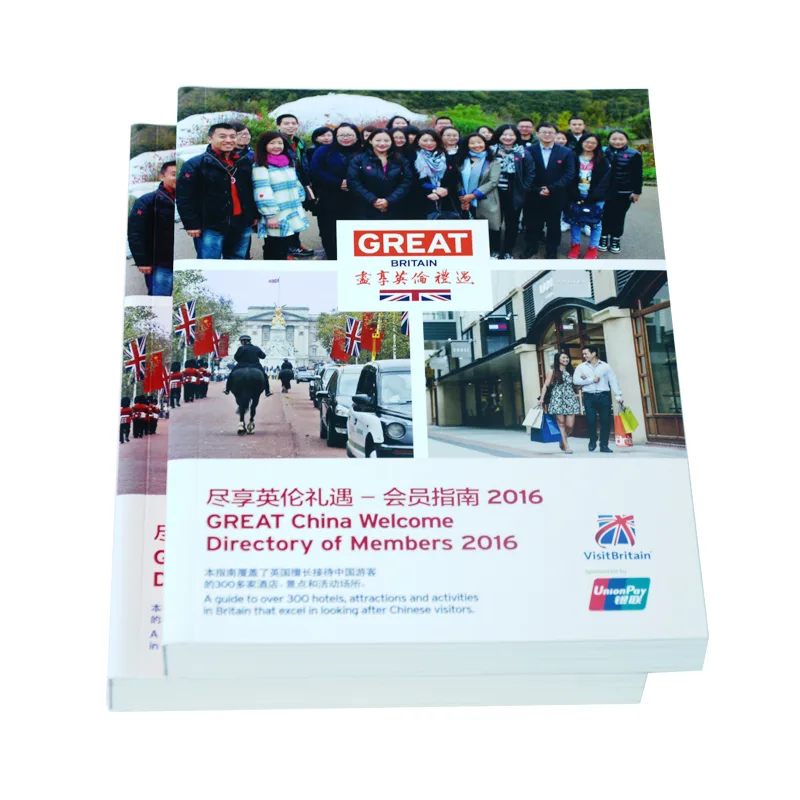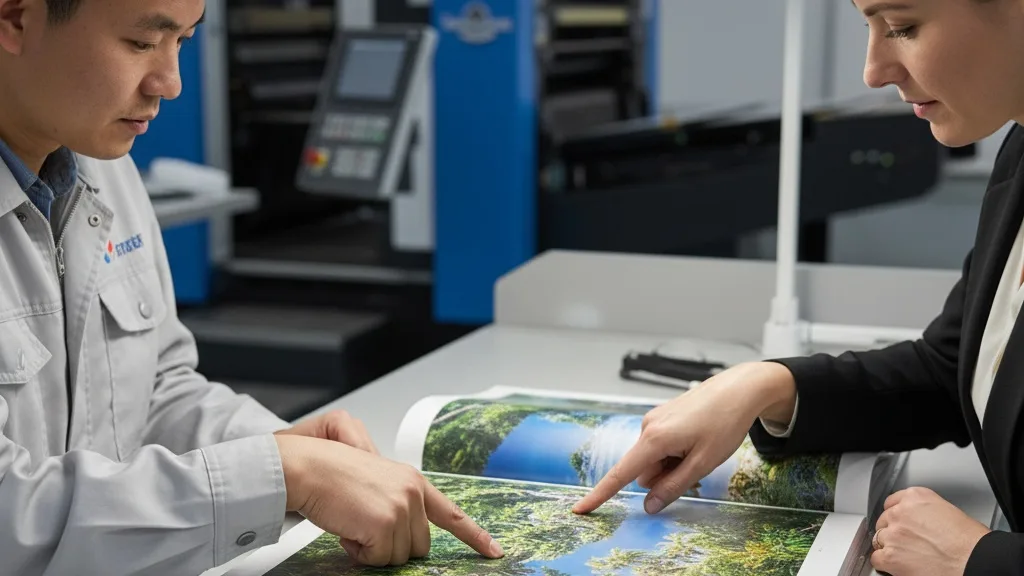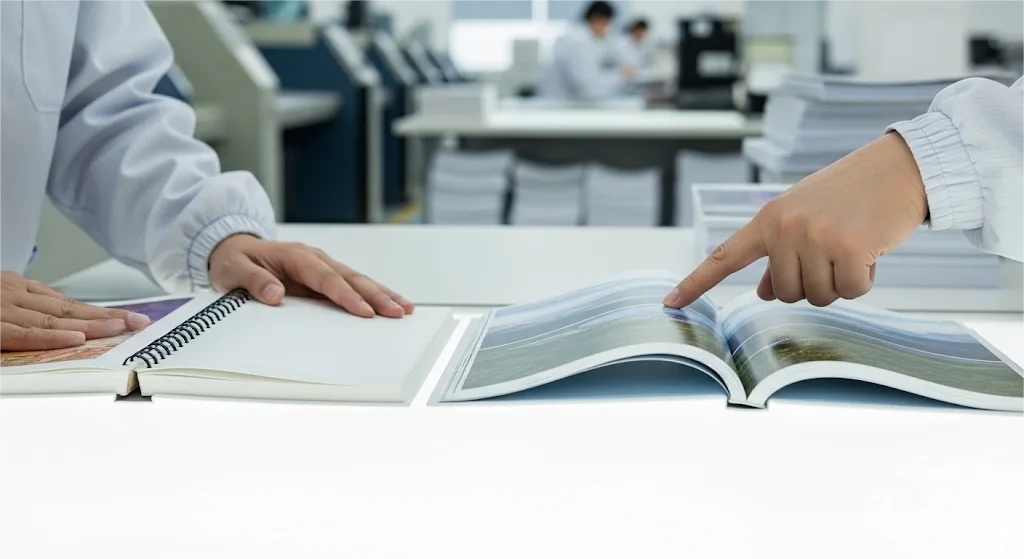Stop guessing if your board books meet U.S. safety standards. This guide provides a clear, actionable framework for navigating the essential materials & safety certifications for board book printing. We’ll walk you through the entire process, ensuring your product is both beautiful and completely safe for children.
Safe board book printing requires strict adherence to U.S. regulations. Materials must comply with CPSIA standards, limiting lead in substrates to 100 ppm and in surface coatings to 90 ppm, while keeping eight specified phthalates below 0.1%. Furthermore, the final product must pass ASTM F963-17 testing for physical durability and chemical safety, including limits on soluble heavy metals.
Now, you’ll get the actionable steps and real-world case studies you won’t find anywhere else. Read on to learn about the three most common—and costly—mistakes brands make, and how you can avoid them.
Compliance as a Business Decision

Before diving into the technical details of materials, it’s crucial to frame safety compliance not as a line-item expense, but as a core business strategy. The financial stakes are significant.
The U.S. Consumer Product Safety Commission (CPSC) can levy civil penalties of up to $100,000 for each violation, with a total cap exceeding $17 million. Beyond these fines, a product recall can trigger a sales decline of 10-15% over the following two years—a substantial impact in the competitive $2.6 billion U.S. children’s book market.
This proactive approach is consistently emphasized by regulatory bodies.
“We urge manufacturers to build safety into their products from the ground up. Compliance with our mandatory standards is the law, and rigorous testing at a third-party laboratory is essential to verify that a children’s product is safe before it reaches a child’s hands.”
– Alexander Hoehn-Saric, Chair of the CPSC
Investing in compliance isn’t just about avoiding penalties; it’s about protecting your brand’s value and securing your place in the market.
Understanding Board Book Safety and Durability

A book that is truly “built for bites” excels in two key areas: chemical safety and physical durability. Understanding the specifics of each is essential for developing a safe and lasting product.
Chemical Safety: The Invisible Threats
The most significant risks in board books are often the ones you can’t see. U.S. regulations, primarily the Consumer Product Safety Improvement Act (CPSIA), set strict limits on harmful chemicals. Here’s what you need to know:
- Lead: The total lead content in any surface coating cannot exceed 90 parts per million (ppm), and in the book’s substrate (the paperboard itself), it must not exceed 100 ppm.
- Phthalates: Eight types of phthalates, which can be found in plastics and laminations, are restricted to no more than 0.1% by weight.
- Heavy Metals: The ASTM F963 standard, which is law for children’s products, outlines maximum soluble limits for eight heavy metals, including cadmium (75 ppm) and mercury (60 ppm).
“ASTM F963 is a gold standard… continuously updated by a global team of pediatricians, engineers, and safety experts.”
– Joan Lawrence of The Toy Association
Your material choices are your first line of defense. Opting for soy-based inks over standard petroleum-based inks can reduce volatile organic compounds (VOCs), and choosing FSC-certified paperboard, while potentially costing 15-20% more, adds a verifiable layer of safety and environmental responsibility.
Physical Safety: The Visible Protections
Beyond chemistry, a board book’s physical construction is critical to preventing injuries. While this guide focuses on safety, understanding the complete cost breakdown is equally important, as this is where thoughtful design meets manufacturing excellence when considering Board Book Printing.
-
- Rounded Corners: A radius of 3mm to 5mm is standard practice to prevent pokes and scratches. Crucially, these corners must be smooth and free of burrs.
- Durable Lamination: The pages must withstand chewing and moisture without delaminating. High-quality, water-based adhesives are key to ensuring the layers of 300-400 g/m² paperboard stay securely bonded.
Expert Guidance for Your Board Book Project?
Our board book printing services are built on a foundation of safety compliance and quality craftsmanship, ensuring your project meets all U.S. standards.
- Structural Integrity: The book itself must be resilient. Any add-on components, like fabric tabs or sound modules, must pass rigorous pull tests, and the design of interactive elements plays a crucial role in ensuring they don’t detach and become a choking hazard for children under three.
Actionable Playbook: Three Common Traps to Avoid
Knowing the standards is one thing; applying them in the real world is another. Based on our experience helping clients navigate production, here are three critical traps to avoid.
| The Trap | The Risk | Strategic Solution |
|---|---|---|
| The “Certified Ink” Illusion | Relying on a single component’s safety report, while other materials (paper, glue) could be non-compliant. | Mandate and verify safety testing for the final, fully assembled product. |
| The “Durability First” Fallacy | Prioritizing a material’s physical strength (e.g., a UV coating) over its chemical safety for infants. | Prioritize chemical safety first. Stick to time-tested, proven-safe materials like water-based lamination. |
| The “Routine Re-Order” Oversight | Assuming a repeat order will be identical, while the supplier may have changed materials without notice. | Establish control samples and mandate in your PO that any material change requires written approval. |
Trap 1: The “Certified Ink” Illusion
A diligent client of ours once received a perfect safety report for the soy-based ink their supplier was using. Yet, the final, fully assembled book failed testing for high levels of cadmium. The source? The inexpensive, recycled greyboard the supplier used for the core of the pages.
This highlights a crucial lesson: a single component’s certification means nothing if the final product isn’t compliant. The most significant risk in book printing in china is the “golden sample” vs. “mass production” discrepancy. A supplier might use premium materials for the test sample but switch to cheaper alternatives to save 5-10% on the bulk order.
Your Solution: Never accept a single material report as final proof.
- Insist on testing the final product—the exact version that will be sold.
- Ask your supplier a critical question: “How do you guarantee that every unit in mass production is identical to the tested sample?” A trustworthy partner can demonstrate a robust batch management system, tracking every component from paper to glue.
Trap 2: The “Durability First” Fallacy
In pursuit of a premium, ultra-durable finish, another client was persuaded to use a new, scratch-resistant UV coating. While physically tough, simulated bite and saliva tests revealed that the coating could leach trace chemicals. Although not on a restricted list, the potential risk was enough to halt production and force a costly pivot.
Your Solution: For products intended for infants, chemical safety must always take precedence over physical durability or aesthetics. When evaluating a new material or finish, your first question should be, “Is it chemically inert?” not “Is it strong?” Sticking with time-tested, proven materials like water-based lamination is often the wisest choice.
Trap 3: The “Routine Re-Order” Oversight

On a third reprint of a successful book, an experienced product manager noticed an almost imperceptible shift in the cover’s red hue. The supplier dismissed it as normal batch variation. Trusting her instinct, she sent the new sample for expedited testing.
The results showed lead levels near the legal limit, far higher than in previous runs. The supplier, facing an ink shortage, had switched vendors without approval.
Your Solution: Stability is the hallmark of a professional supply chain. Any unapproved change, no matter how small—in color, texture, weight, or even smell—is a red flag. Establish a physical library of approved “control samples” for every product and include a clause in your purchase orders stating that any change in materials or process requires prior written consent. This is a critical part of Quality Control in Book Printing.
Beyond Compliance: Turning Safety into a Brand Asset
Achieving compliance is the baseline; turning it into a competitive advantage is the goal. When you invest in premium, certified materials, you’re not just buying paper and ink—you’re purchasing brand insurance and a powerful marketing story.
That extra 10% you spend on soy-based inks or FSC-certified board isn’t a cost; it’s an investment that protects you from multi-million dollar recall risks and builds a brand narrative that over 85% of parents prioritize: safety above all else.
This strategic approach extends to your supply chain. With shifting trade landscapes, many brands are exploring a “China+1” strategy, looking to diversify manufacturing. However, true supply chain security isn’t just about where your product is assembled. Many Southeast Asian factories still source their core raw materials—high-density paperboard and certified inks—from China. A truly resilient strategy involves partnering with a supplier who has a diversified raw material network, ensuring that your production is insulated from single-source disruptions.
When you can confidently tell your customers that your books are not only engaging but are also made with the safest materials, tested to the highest standards, and sourced through a responsible supply chain, you build a level of trust that justifies a premium price and fosters long-term loyalty.
Conclusion: From Buyer to Brand Guardian
Ultimately, ensuring the safety and durability of your board books comes down to a combination of rigorous processes, transparent management, and a partnership with a supplier who treats your brand’s integrity as their own.
When you are equipped with the right knowledge and a proactive mindset, you shift from being a reactive buyer to a strategic brand guardian. You are no longer just purchasing a product; you are making a deliberate choice to protect your customers, mitigate risk, and build a brand that parents can trust implicitly. Mastering the nuances of materials & safety certifications for board book printing is the foundation of that trust.
If you are looking for a partner who embeds these principles into every step of the production process, our team is ready to share how we’ve helped other brands navigate these challenges successfully.
Ready to Print with Confidence?
Our expertise in materials and safety compliance ensures your board book project is not only high-quality, but also 100% safe for your young readers. Let’s build a product that gives parents peace of mind.


